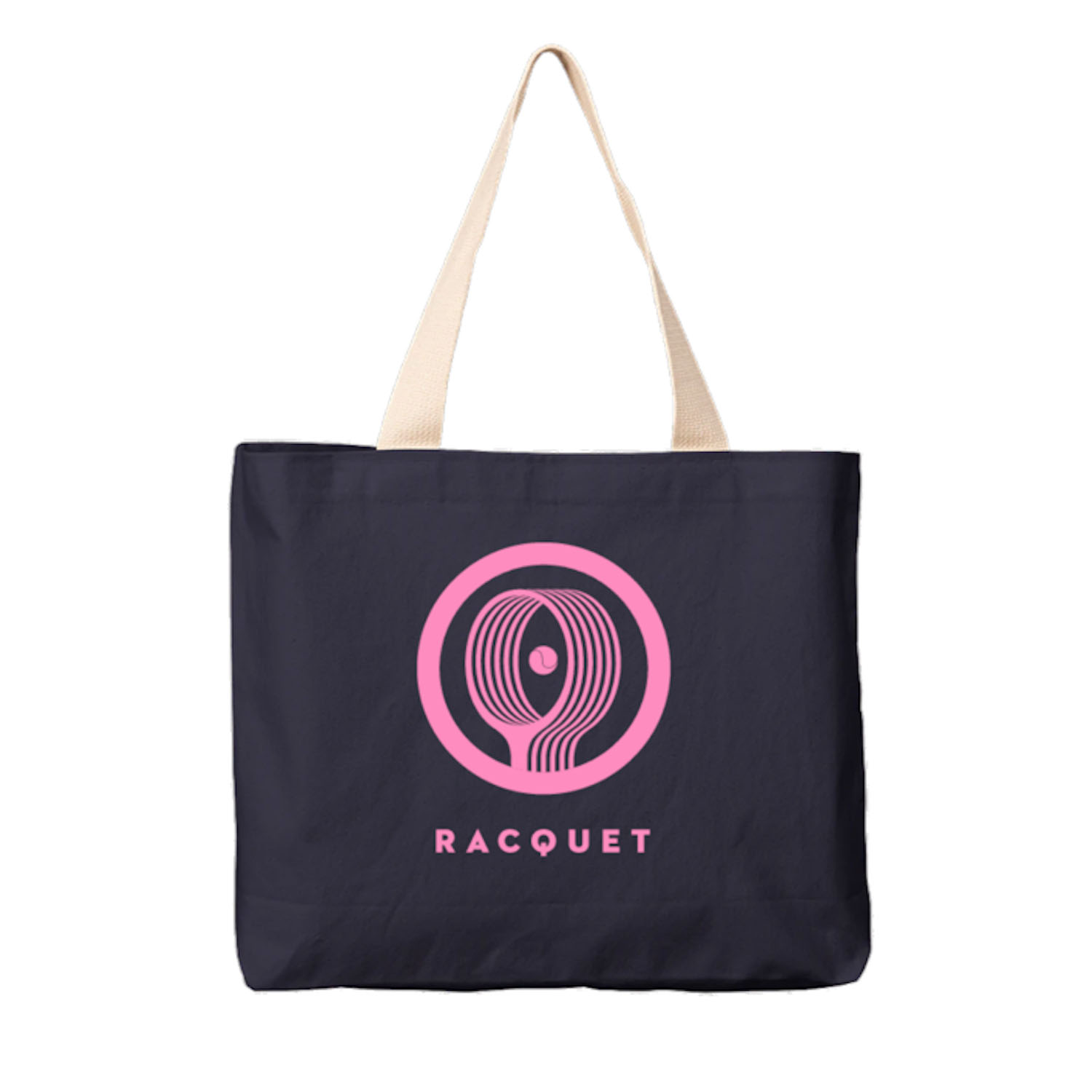By Giri Nathan
The remaining question is not whether Novak Djokovic will win, but where he will choose to win. With Wimbledon now in the bag, and a 20-major title haul to match Roger and Rafa, he now has his pick of freaky tennis goals to pursue. This includes one of the very rarest, made rarer by the fact that it can (typically) only be achieved on a leap year. Djokovic is well on his way to a calendar-year Golden Slam—all four majors, plus the Olympic gold medal—which has only ever been achieved once, by Steffi Graf in 1988. The world No. 1 said he was “50/50” on competing in the Olympics in his post-Wimbledon press conference, but on Thursday he confirmed that he will be in Tokyo representing Serbia in pursuit of one of the few remaining tennis achievements to elude him.
It’s a significant decision for Djokovic, who could otherwise conserve his energies and settle for the merely superhuman calendar-year Grand Slam. But his 34–3 season has not really given him any reason for doubt of any kind. The Tokyo Olympics will be played on DecoTurf, a brand of hard court in use at the US Open and a number of other big tournaments Djokovic has won multiple times (including Cincinnati, Canada, Shanghai). For all his present dominance on every surface where tennis is currently played, and probably a few that nobody has yet thought to play it on, hard court will always be his safest space. There were reasons to think he might sit out the Olympics: He’d voiced some concerns about freedom of movement inside the bubble, and the inability to bring along members of his team like his racquet stringer; he’d openly said after winning Wimbledon that “playing my best tennis at Grand Slams is the highest priority I have at this stage in my career.” But the gold medal is still something, and he is now the crushing favorite in the 64-man field.
He may be practically alone among stars. Even in the best of public health situations, the Olympics occupy a singular and strange position in the tennis calendar: a genuine amateur event, bringing none of the usual professional rewards of ranking points or huge checks. Pandemic restrictions will rule out the usual carousing, as well as fans in the stands. This has clarified priorities for plenty of players, including all of the biggest attractions. Rafael Nadal, who got his singles gold medal in Beijing in 2008, and was seen leaving Roland-Garros with a noticeable limp the day after Djokovic ousted him in the semifinal, said in June that he’d be gone for both Wimbledon and the Olympics to heal up. Serena Williams, who won singles gold in London in 2012, said she wouldn’t be there either. Nor was Tokyo a destination for Dominic Thiem, who also skipped Rio in 2016 and sat out this past Wimbledon with a wrist injury. Not long after his Wimbledon quarterfinal loss, Roger Federer said he wouldn’t be in Tokyo, citing a “setback” in his recovery from the two knee surgeries he underwent in 2020. Realistically, this rules out any chance of upgrading the silver medal he won in 2012.
Roughly a week out from competition, the only top player whose attendance I’m confident in is Naomi Osaka, who will of course be the face of Japan. Simona Halep, whose summer has been spoiled by a calf injury, said she wouldn’t be healthy in time to bear the flag for Romania. Fresh off a comeback Wimbledon semifinal run, Angelique Kerber said she would be resting up from the physical toll instead of representing Germany. Sofia Kenin, perhaps America’s best chance at a singles medal, won’t be there because she “couldn’t take anyone with me.” And Canada won’t get to cheer on Bianca Andreescu, who prepares to defend some 70% of her ranking points in the next two months, or Denis Shapovalov, who cited “safety” after a career-best Wimbledon semifinal. Nor will Brits be backing Jo Konta or Daniel Evans, both of whom recently tested positive for COVID-19. Nick Kyrgios, who left his third-round Wimbledon match with an abdominal muscle, won’t be there because there’s no one to entertain: “The thought of playing in front of empty stadiums just doesn’t sit right with me. It never has.”
Above: Steffi Graf assembles her 1988 Golden Slam. (Getty)
RACQUET x PARQS & REC TOTE
A large, sturdy canvas tote bag made (in the USA) of 100% cotton. Big enough to hold your racquets and whatever else you need for a day at the courts, small and versatile enough for everyday use.



